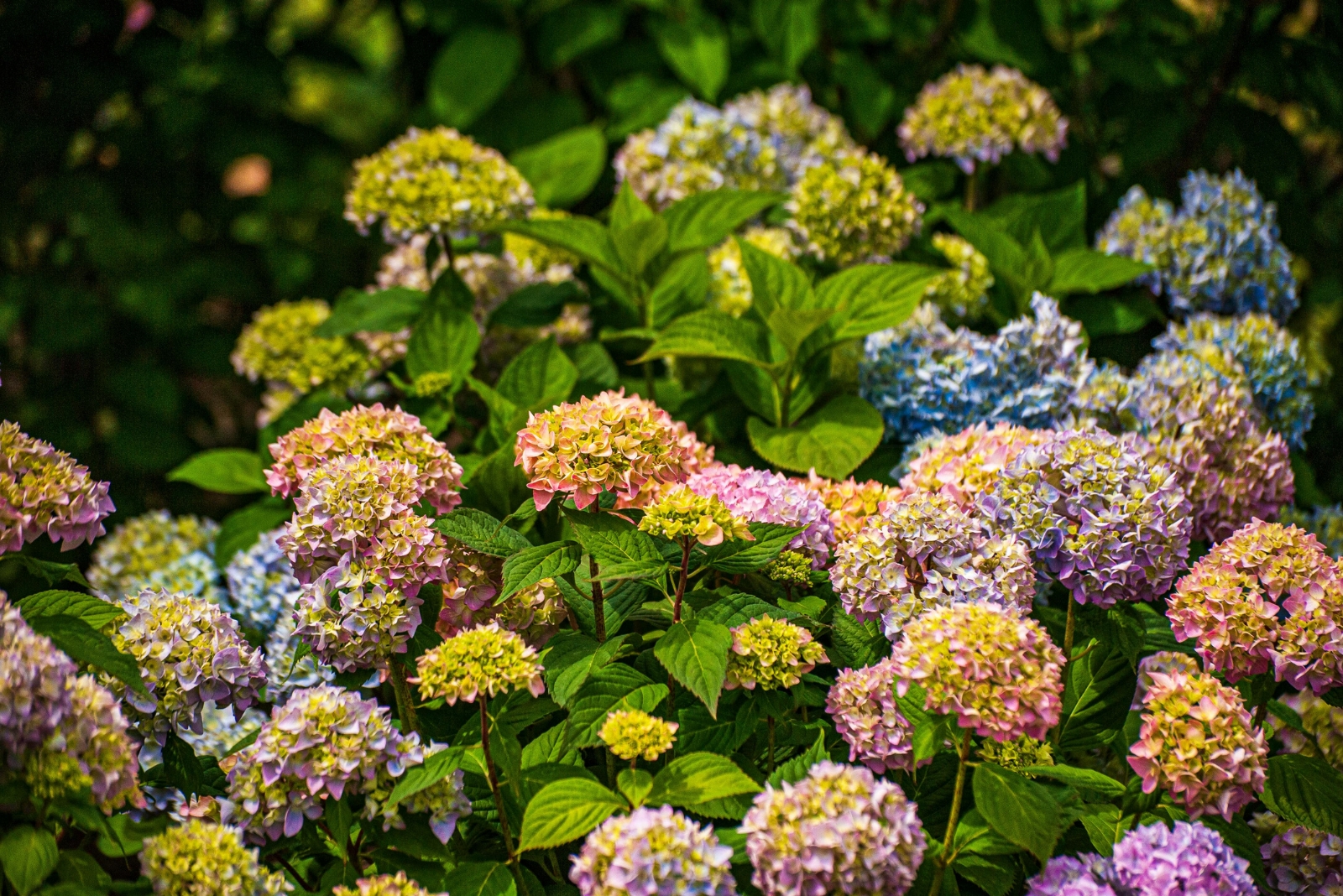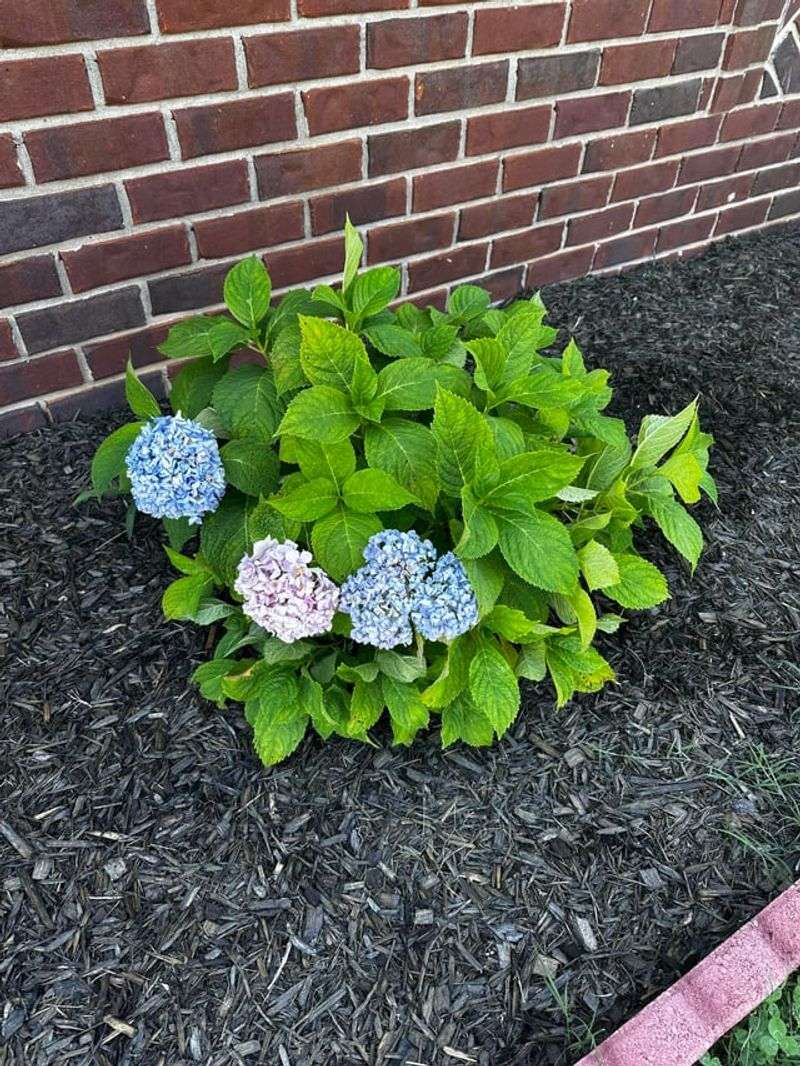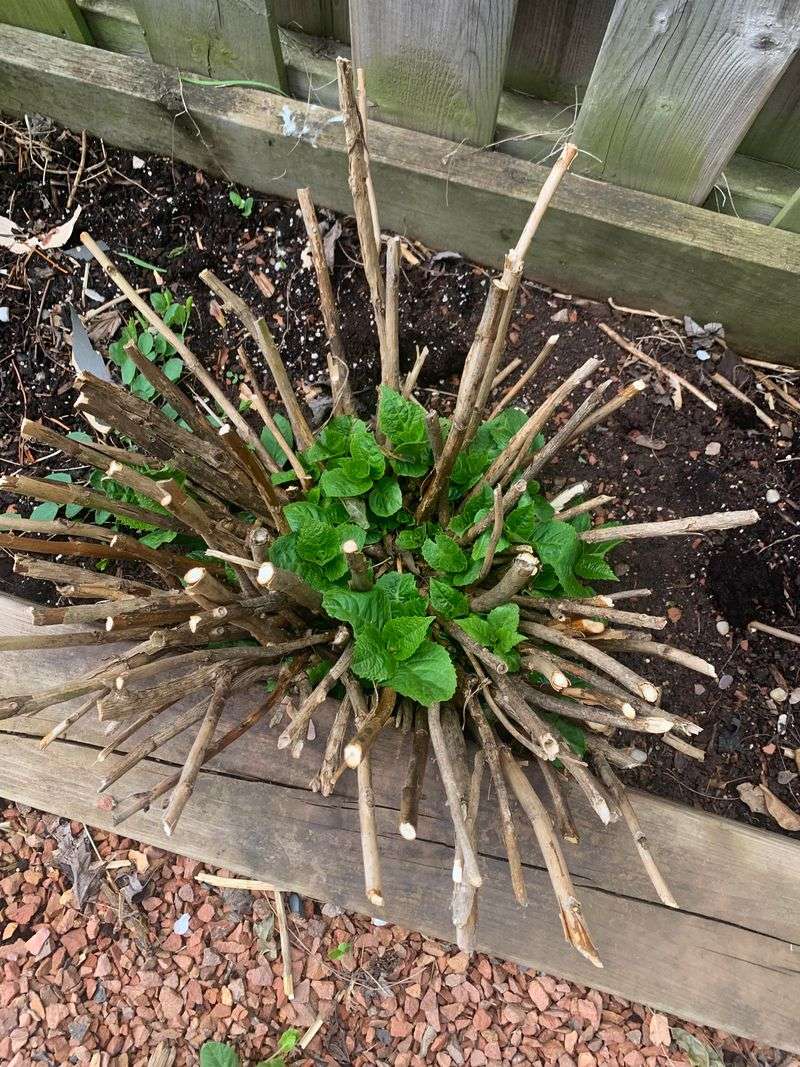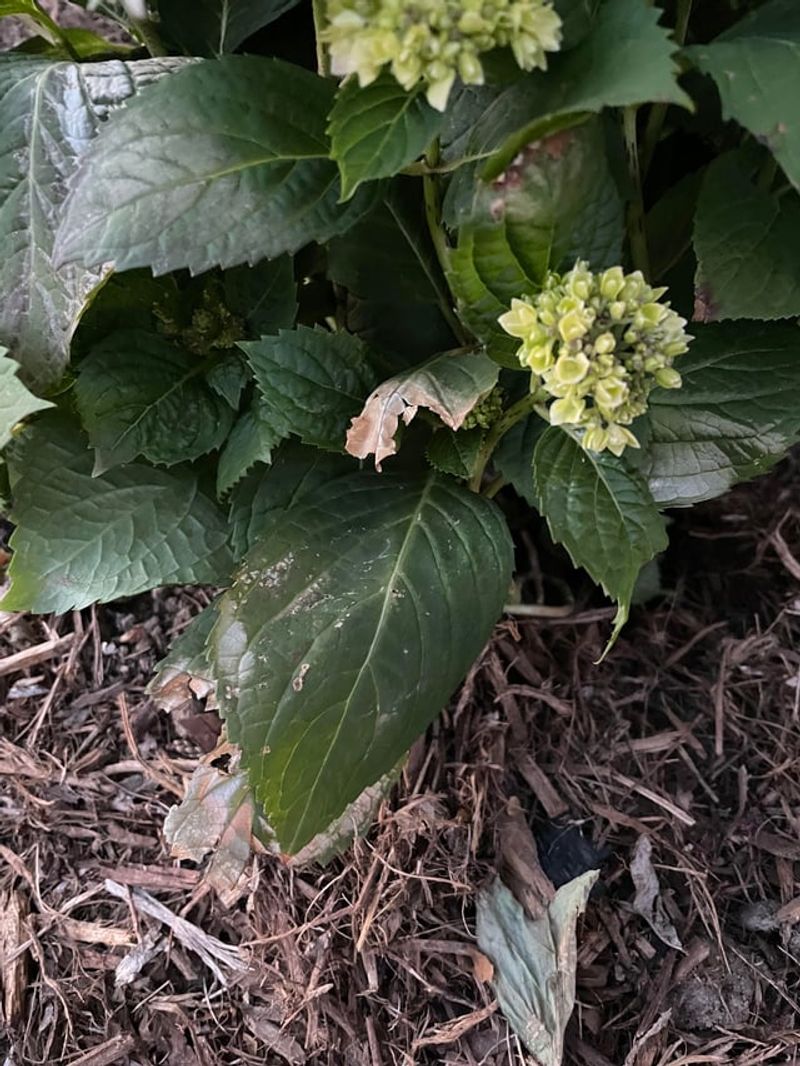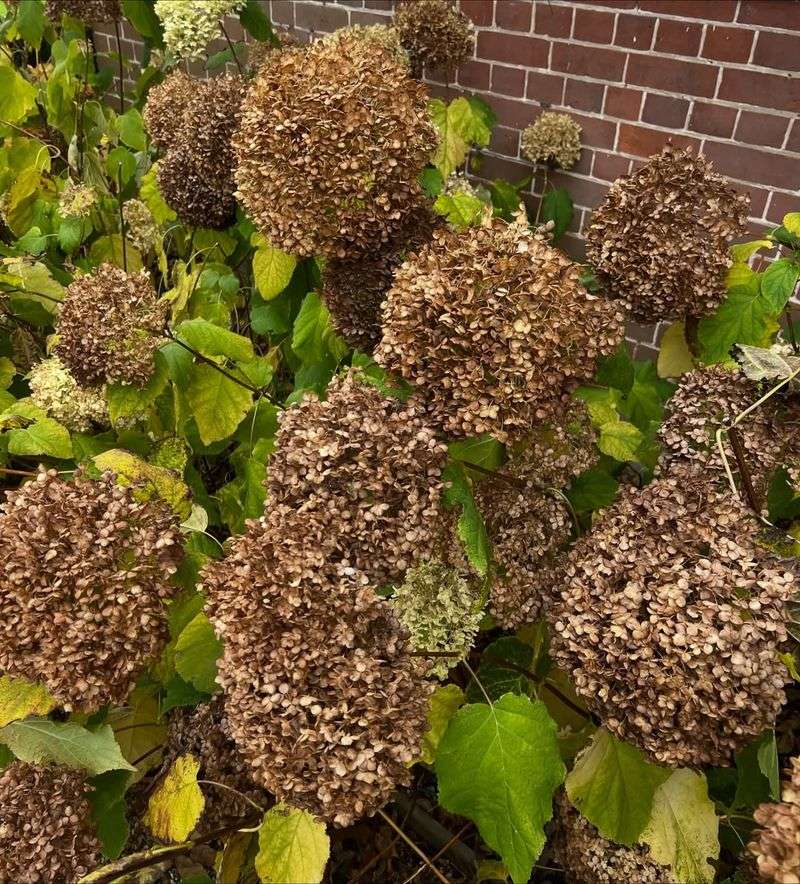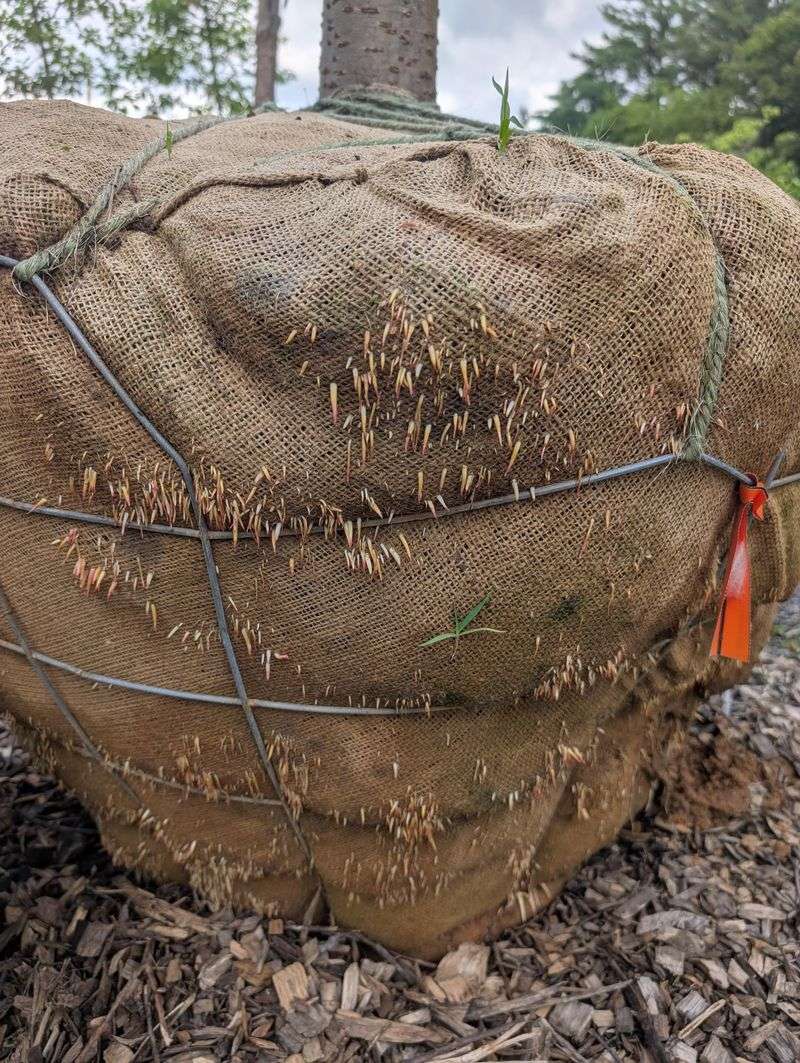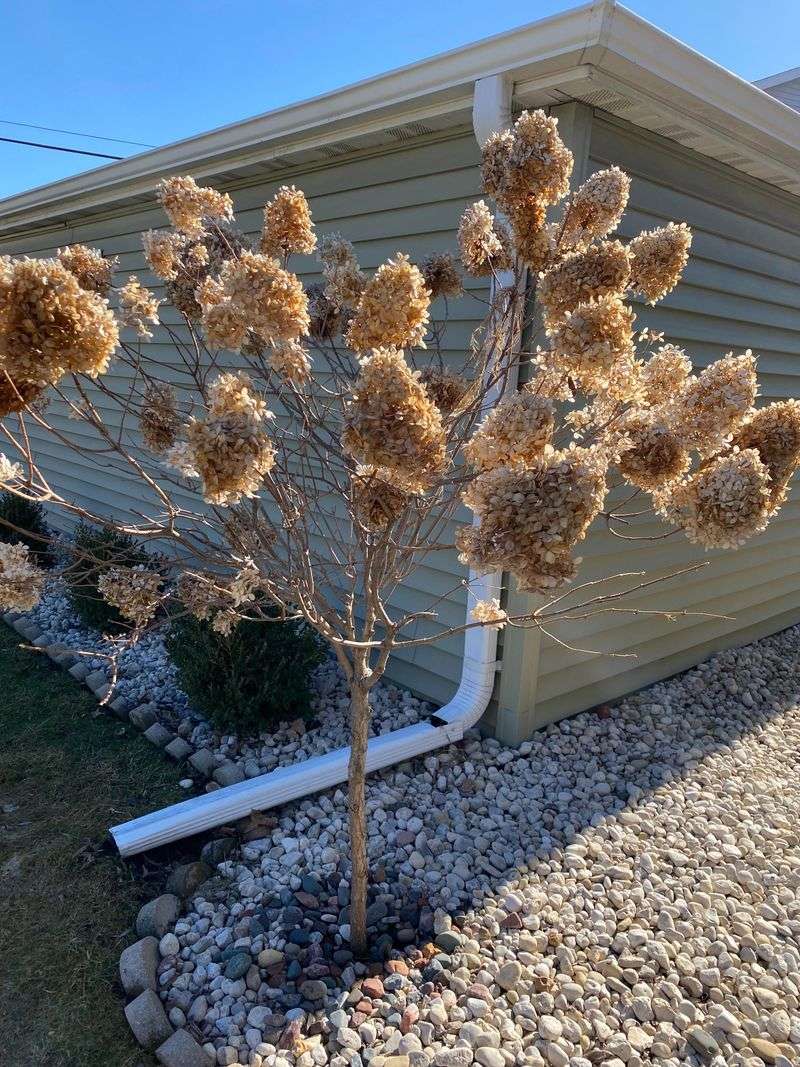November arrives in Washington with crisp air and shorter days, signaling a critical time for hydrangea lovers. Your beautiful blooms need special attention now to survive the winter cold and return stronger next spring.
Taking action this month can mean the difference between thriving plants and struggling shrubs come springtime.
1. Add A Thick Layer Of Mulch Around The Base
Cold roots spell trouble for hydrangeas when winter temperatures drop. Spreading three to four inches of organic mulch around your plant’s base creates an insulating blanket that keeps soil temperatures steady.
Wood chips, shredded bark, or compost work wonderfully for this purpose. Keep the mulch a few inches away from the main stems to prevent rot and moisture problems that attract pests during wet Washington winters.
2. Stop Fertilizing To Prepare Plants For Dormancy
Feeding your hydrangeas now might seem helpful, but it actually encourages new growth that won’t survive Washington freezing temperatures. Plants need to enter their natural rest period, and fertilizer works against this important process.
New tender shoots produced in late fall will die when frost arrives, wasting the plant’s energy reserves. Your last fertilizer application should have happened back in August, giving plants time to harden off properly before winter’s arrival.
3. Reduce Watering But Don’t Stop Completely
Washington’s rainy reputation doesn’t mean your hydrangeas automatically get enough moisture in November. While you should cut back on watering frequency, plants still need hydration before the ground freezes solid.
Check soil moisture weekly by sticking your finger two inches deep into the earth. Water deeply if it feels dry, aiming for moist but not soggy conditions. Well-hydrated plants handle cold stress much better than thirsty ones heading into winter.
4. Leave Spent Blooms On The Plant For Extra Protection
Those brown, dried flower heads might look messy, but they serve an important purpose through winter months. Leaving them attached provides additional insulation for developing buds underneath, which will become next year’s gorgeous flowers.
Resist the urge to deadhead or tidy up your hydrangeas until spring arrives. The old blooms also add interesting texture and visual appeal to winter gardens, catching frost and snow in beautiful patterns that brighten dreary days.
5. Build A Protective Barrier For Tender Varieties
Bigleaf and oakleaf hydrangeas struggle more with Washington’s occasional harsh cold snaps than their hardier cousins. Creating a simple shelter using burlap or chicken wire filled with leaves gives these sensitive varieties crucial protection.
Form a cylinder around the plant, leaving the top open for air circulation. Fill the space between the barrier and plant with dry leaves or straw for insulation. This setup blocks harsh winds while preventing moisture buildup that causes disease.
6. Prune Dead Or Damaged Wood Carefully
November offers a perfect window for removing obviously dead, broken, or diseased branches from your hydrangeas. Cutting away damaged wood prevents problems from spreading and improves air circulation around the plant.
However, avoid major pruning now since you might accidentally remove branches with next season’s flower buds. Focus only on clearly dead material, making clean cuts just above healthy growth. Save significant shaping and size reduction for early spring when you can better identify living versus dead wood.
7. Apply Anti-Desiccant Spray To Evergreen Varieties
Washington’s winter winds can dry out evergreen hydrangea leaves, causing brown edges and overall plant stress. Anti-desiccant sprays create a protective coating that reduces moisture loss from leaf surfaces during cold, windy periods.
Apply the spray on a calm, dry day when temperatures sit above forty degrees Fahrenheit. Cover all leaf surfaces thoroughly, following product directions carefully. One application in November and another in January typically provides adequate protection through the entire winter season for these special varieties.

